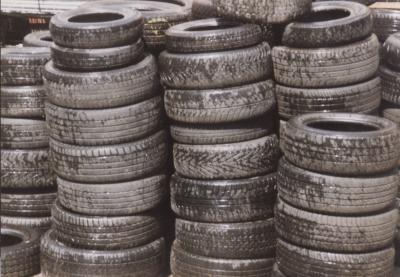The Brochure describes the current state of play of ELT management with recommendations to overcome key challenges faced by the European mechanical tyre recycling industry be them embedded in legislation, market failures or eco-design. It features key numbers outlining the economic importance of the ELT recycling sector as well as its benefits for the environment and society.
State of the art mechanical tyre recycling entirely supports the European Green Deal and the new Circular Economy Action Plan stressed Poul Steen Rasmussen, President of EuRIC’s Mechanical Tyre recycling (MTR) Branch and Group CEO Genan. The processing of ELT tyres into rubber is not only the most resource-efficient option; it also the most climate-efficient one since for each tonne of ELT recycled -for example as infill for artificial turf pitches- the climate is spared 700 kg of CO2, he added.
Currently, out of the approx. 3 million tonnes (Mt) of tyres reaching end-of-life stage annually in Europe, there are more than 1 Mt of tyres down-cycled annually in energy recovery, while less than 50% (approx. 1.5 Mt) are mechanically recycled into rubber, steel and textile fibers. Increasing material recovery is essential as natural rubber is a critical raw material in Europe[1].
A landfill ban for ELT is far from sufficient to boost tyres circularity. The EU needs to consider further measures to closing the loop of the Circular Economy of tyres, in particular:
- Incentives rewarding ELT recycling benefits and recycled content targets to drive the demand for recycled materials from tyres, especially rubber, be it in new tyres, asphalts, moulded products and construction materials.
- EU-wide end-of-waste criteria for ELT which are essential to alleviate obstacles impacting circular uses of materials derived from ELT recycling into a variety of applications benefiting society, the environment and industrial symbiosis. While national end-of-waste criteria as the recently adopted by Italy[2] are strongly supported, harmonization at EU level is key for a well-functioning of internal market for secondary raw materials.
- Sustainable design of tyres to boost their recyclability and minimum thresholds of recycled content to stimulate the demand. Product design requirements shall go hand in hand with a better enforcement at European borders of imported new tyres which must comply with European standards to level the playing and protect the environment.











